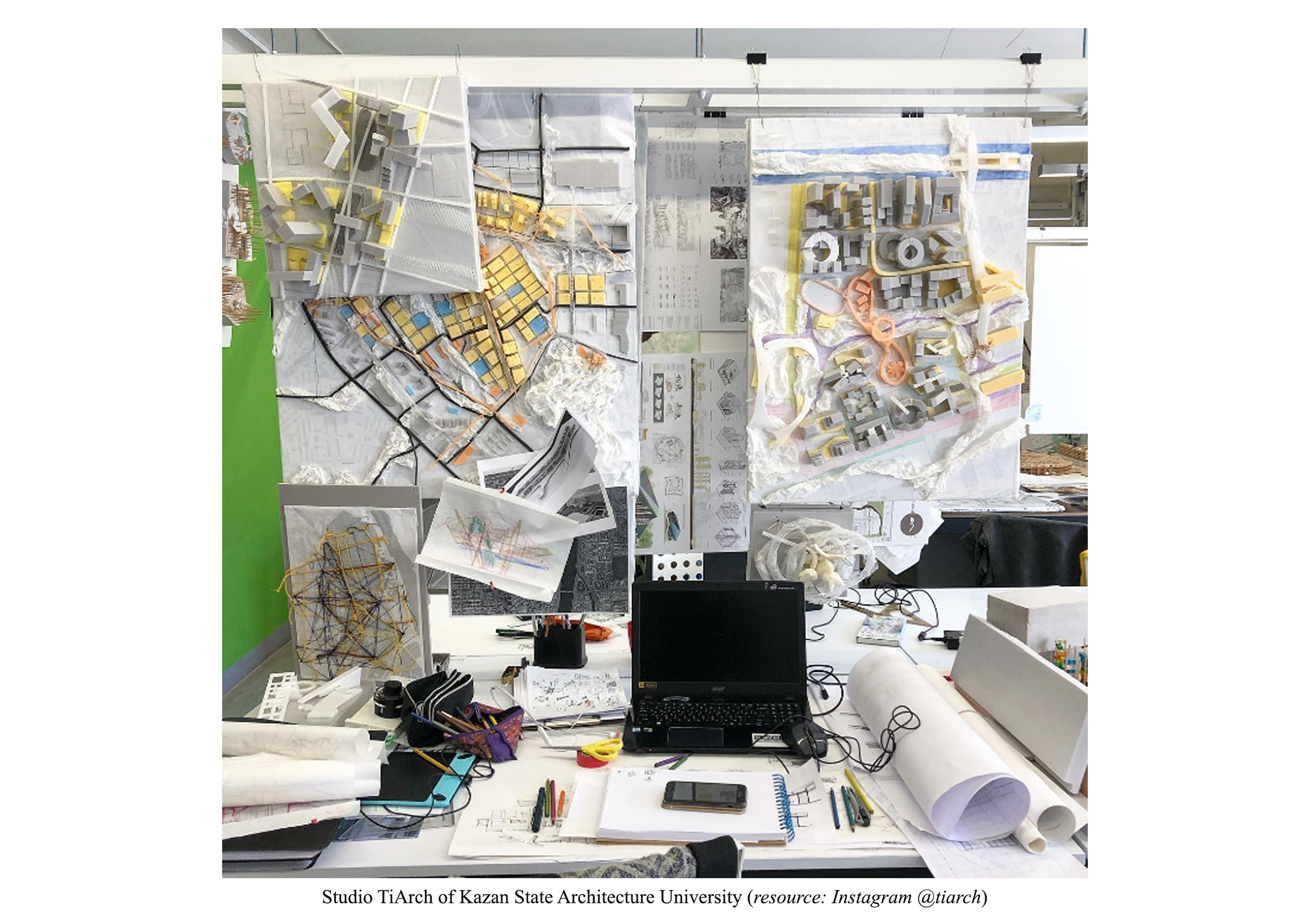Alternatív építészet oktatási gyakorlatok a formális egyetemi képzésen kívűl
The research aims to represent existing architecture educational practices formed beyond university curriculums and created by individual practitioner-architects in Russia. Their self-designed methodology has proven successful, as shown by the strong outcomes of graduates now working as leading architects of their own firms or at top architecture companies like OMA, BIG, Kengo Kuma, etc. The research includes in-depth descriptions of these institutions, practices, and methodologies, alongside an analysis of what is behind their success. The aim of the research is to represent and rethink alternative education of architecture, show the benefit of long-term education in the architecture field, and raise a discussion of whether architecture education should be started from childhood.
The research focuses on exploring and analyzing alternative architecture institutions in Russia, chosen by criteria that have proven to graduate students with successful career paths (being enrolled to top architecture universities or employed by well-recognized architecture offices). The analysis methods will include interviews with these graduates and founders of the institutions.
The first case study group will focus on analysis and comparison of primary architecture schools. One is “DASHKA," Children’s Architecture and Design School, founded in 1987 in Kazan where education starts at the age of seven, and includes a ten-year program. After graduation, students have strong skills in hand drawing and modeling, as well as creativity and aesthetics senses that position them as “successful applicants to Architecture Universities of Russia, Europe, and Canada” (according to description of DASHKA school on the official website).
The second case study group will be devoted to student’s studios led by individual practitioner-architects. One is the studio “TiArch” founded by architect Ilnar Akhtyamov. The studio functions as an extra education alongside Kazan State Architecture University's curriculum, created for the best students to develop their skills in hand drawing, fantasy creativity, architecture, and urban planning. Students of the studio annually win architecture competitions including Velux and ArchiPrix, and they further work in top companies.
In conclusion, the research expectations include scoping alternative educational institutions, analyzing their methods for architects in Russia, and exploring their benefit for pursuing a successful career. The result will be useful for architects who search for new approaches to develop their skills and know about alternative methods of learning and teaching architecture.
Resources:
1. https://www.kgasu.ru/universitet/structure/uos/dashka/o-shkole.php
2. https://realnoevremya.com/articles/2312-kazan-hosts-the-seminar-on-development-of-creative-territory
4. https://www.archiprix.org/2021/interviews/interview-alisa-silanteva
5. Herman Hertzberger_Space and Learning_010 Publishers_Rotterdam 2008

szerző
-
Dolzhikova Alena
Építészmérnöki mesterképzési szak osztatlan
egységes, osztatlan képzés
konzulens
-
Dr. Hory Gergely
egyetemi adjunktus, Urbanisztika Tanszék

